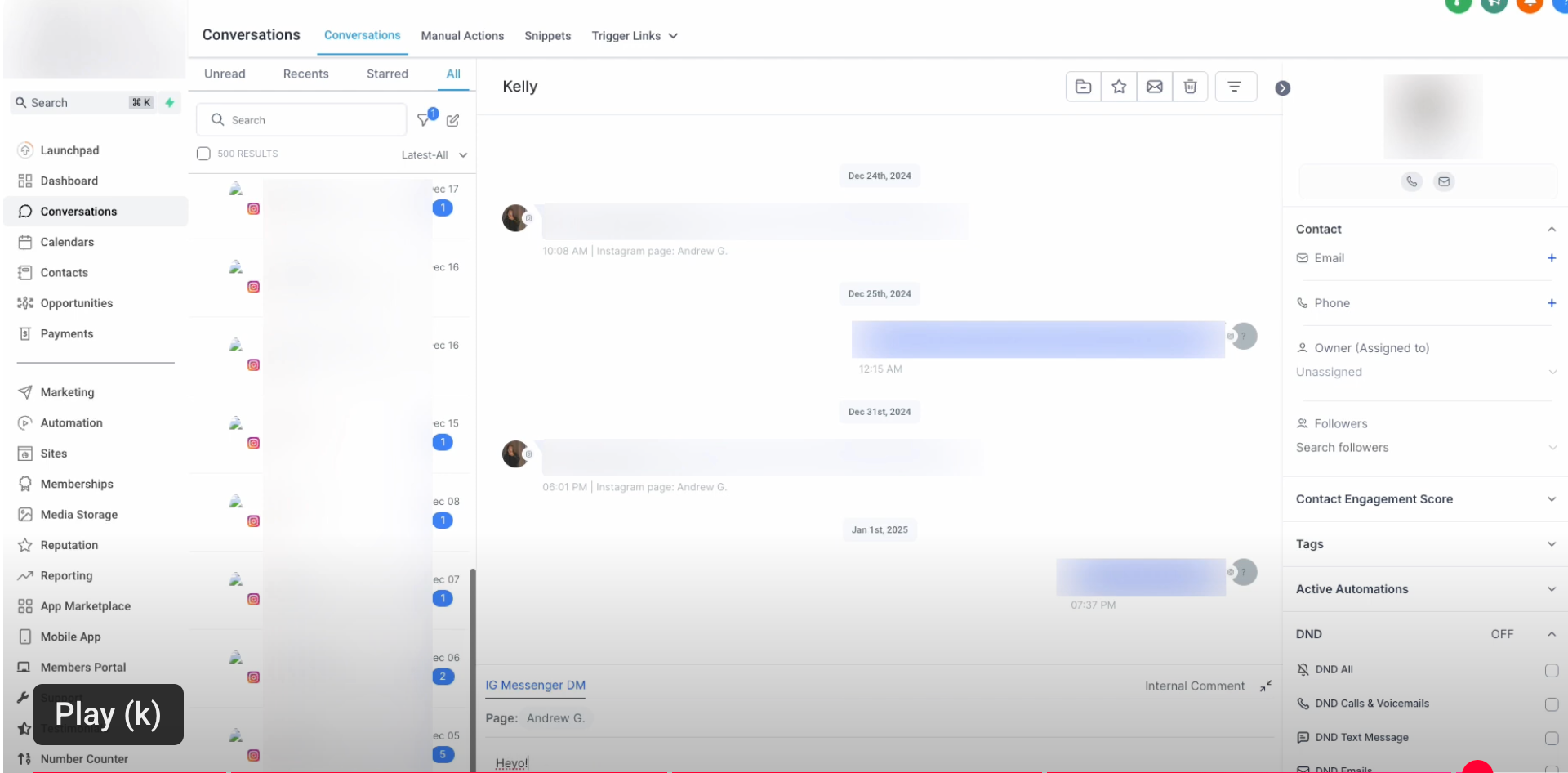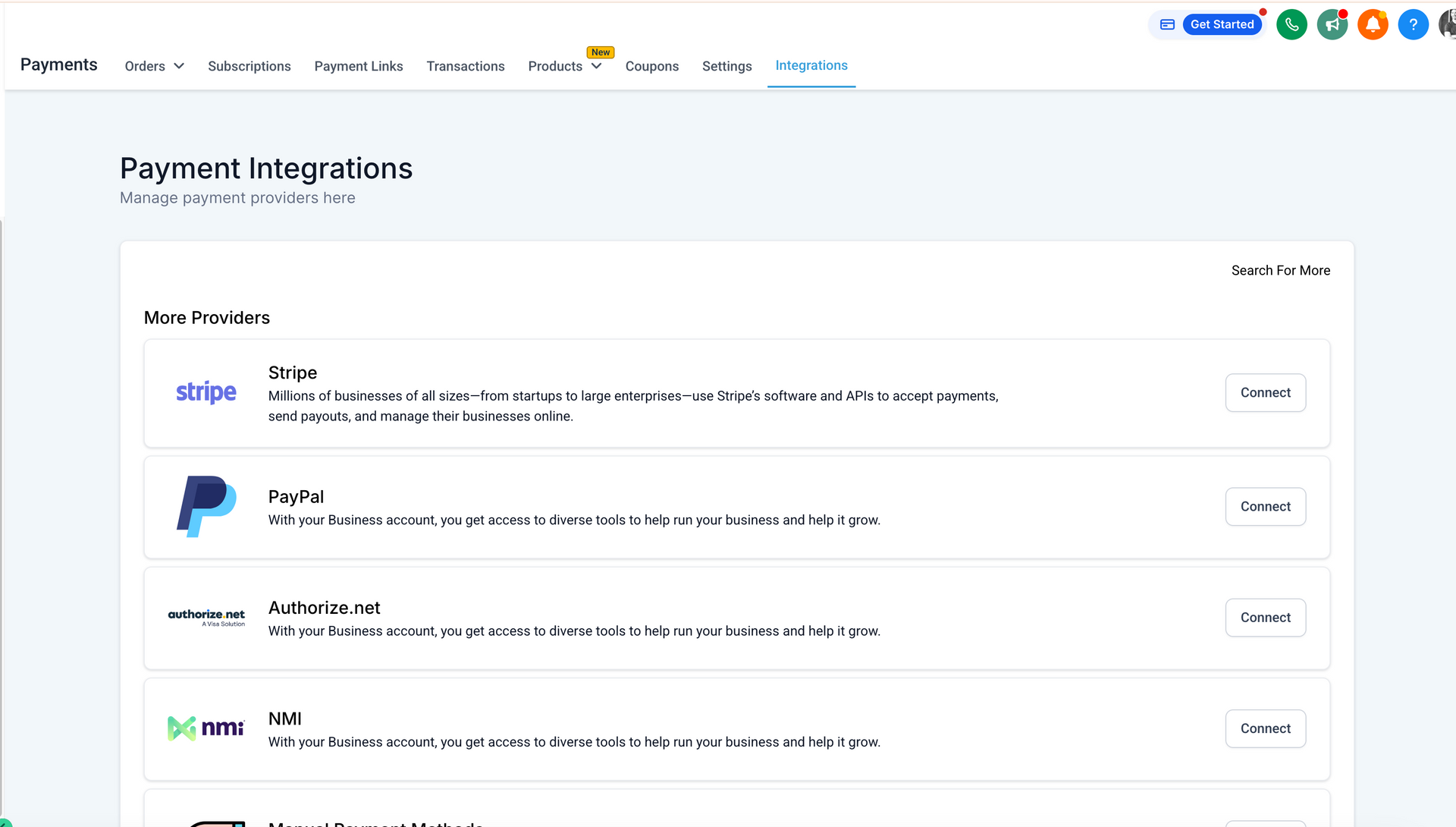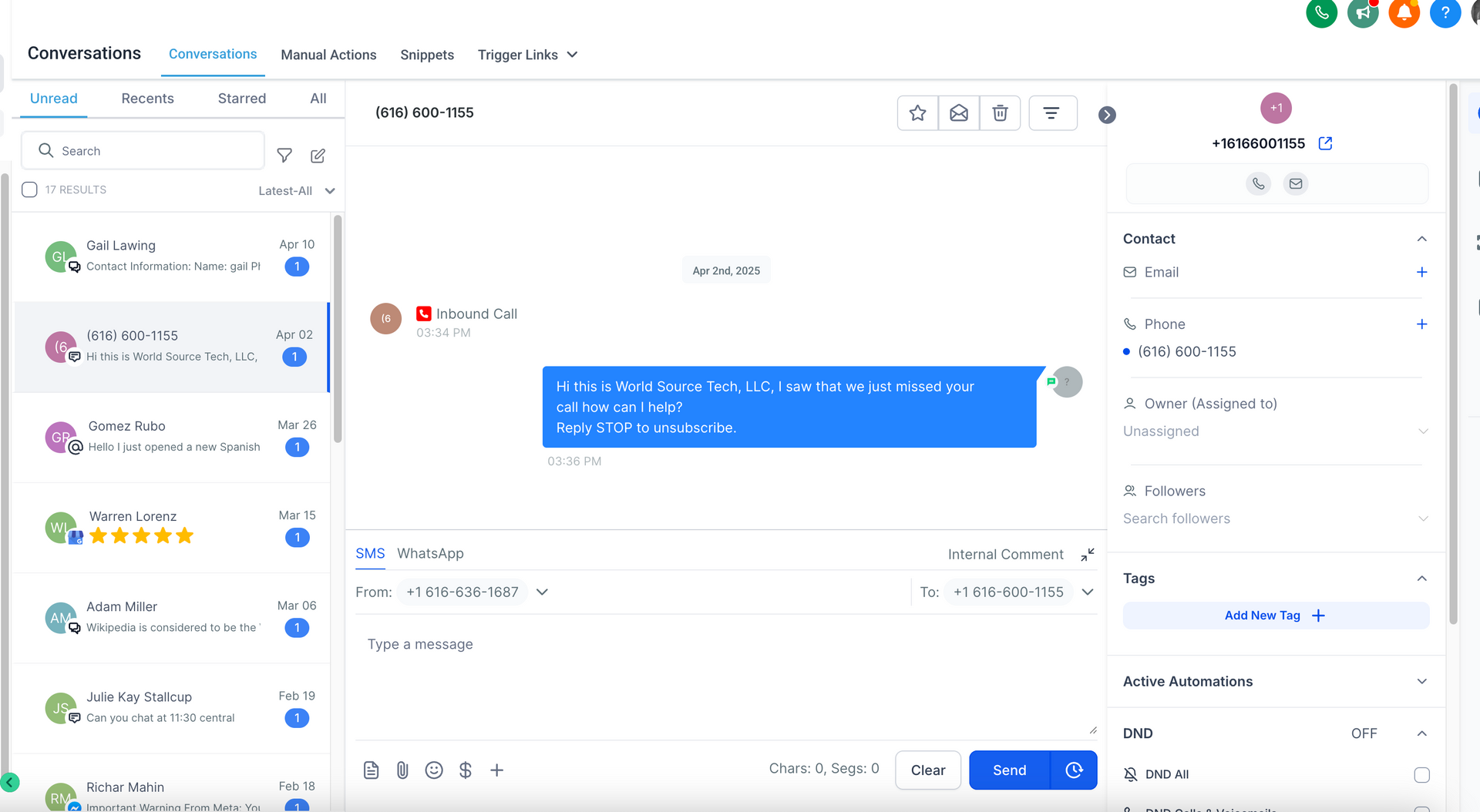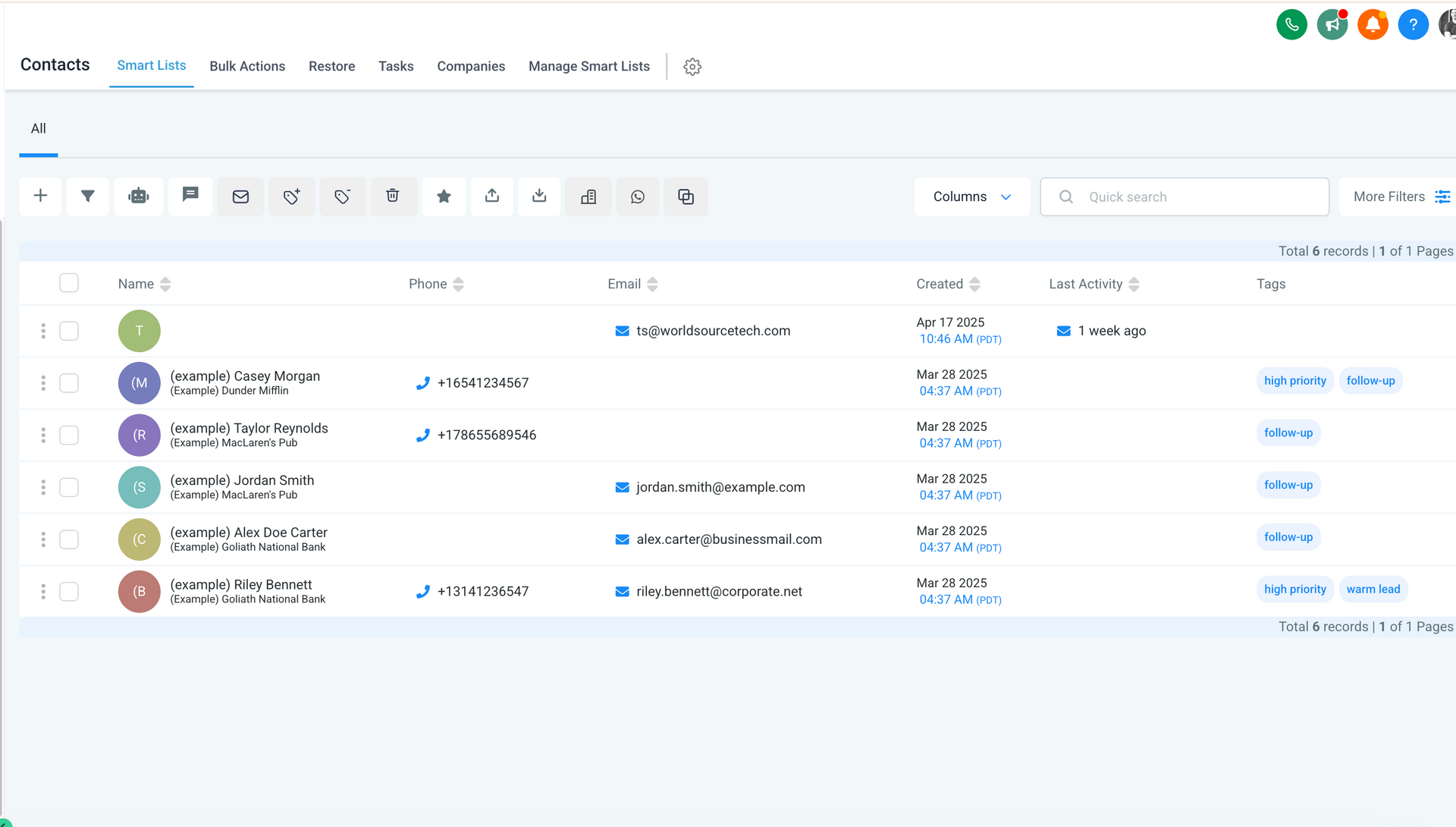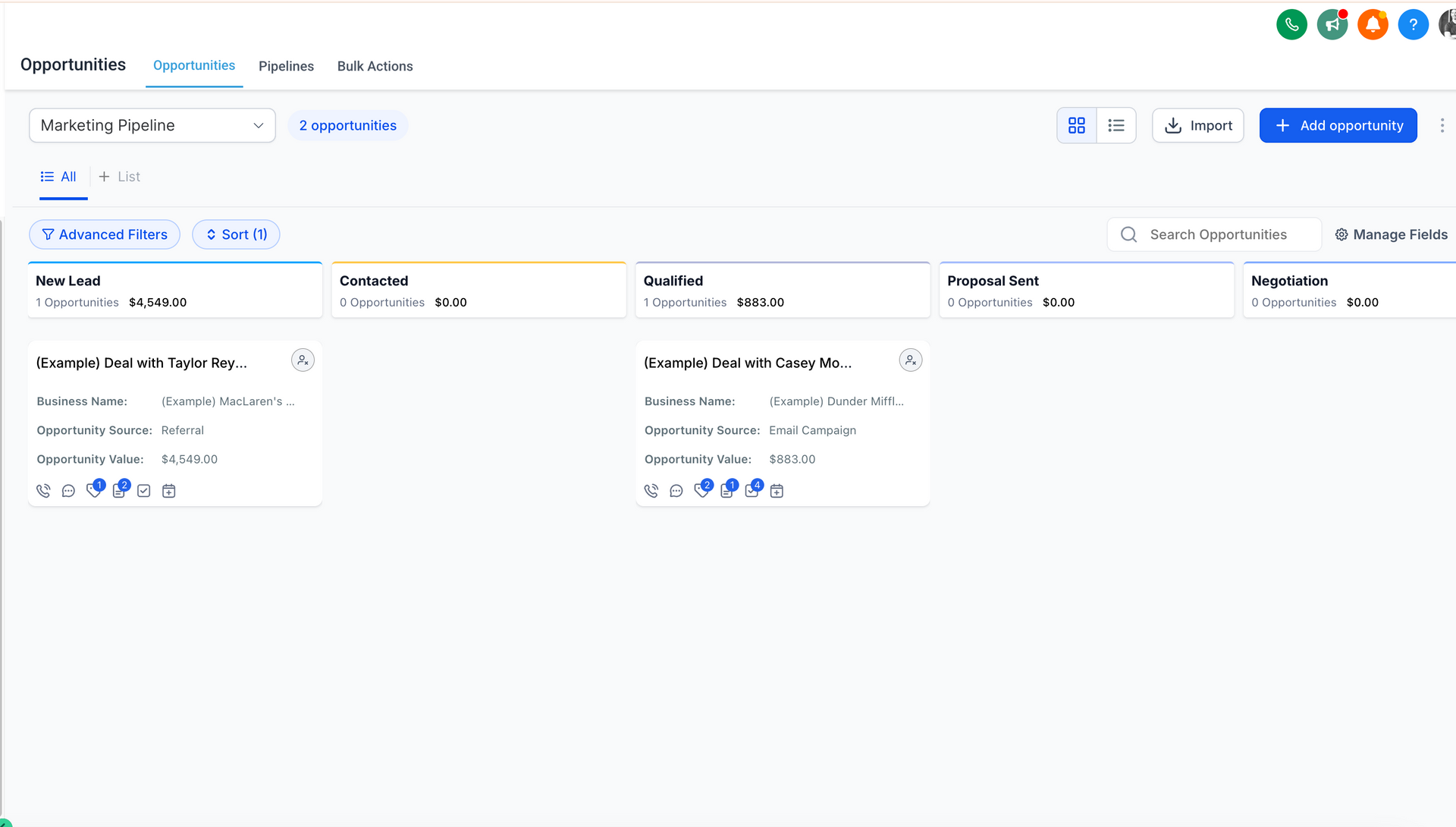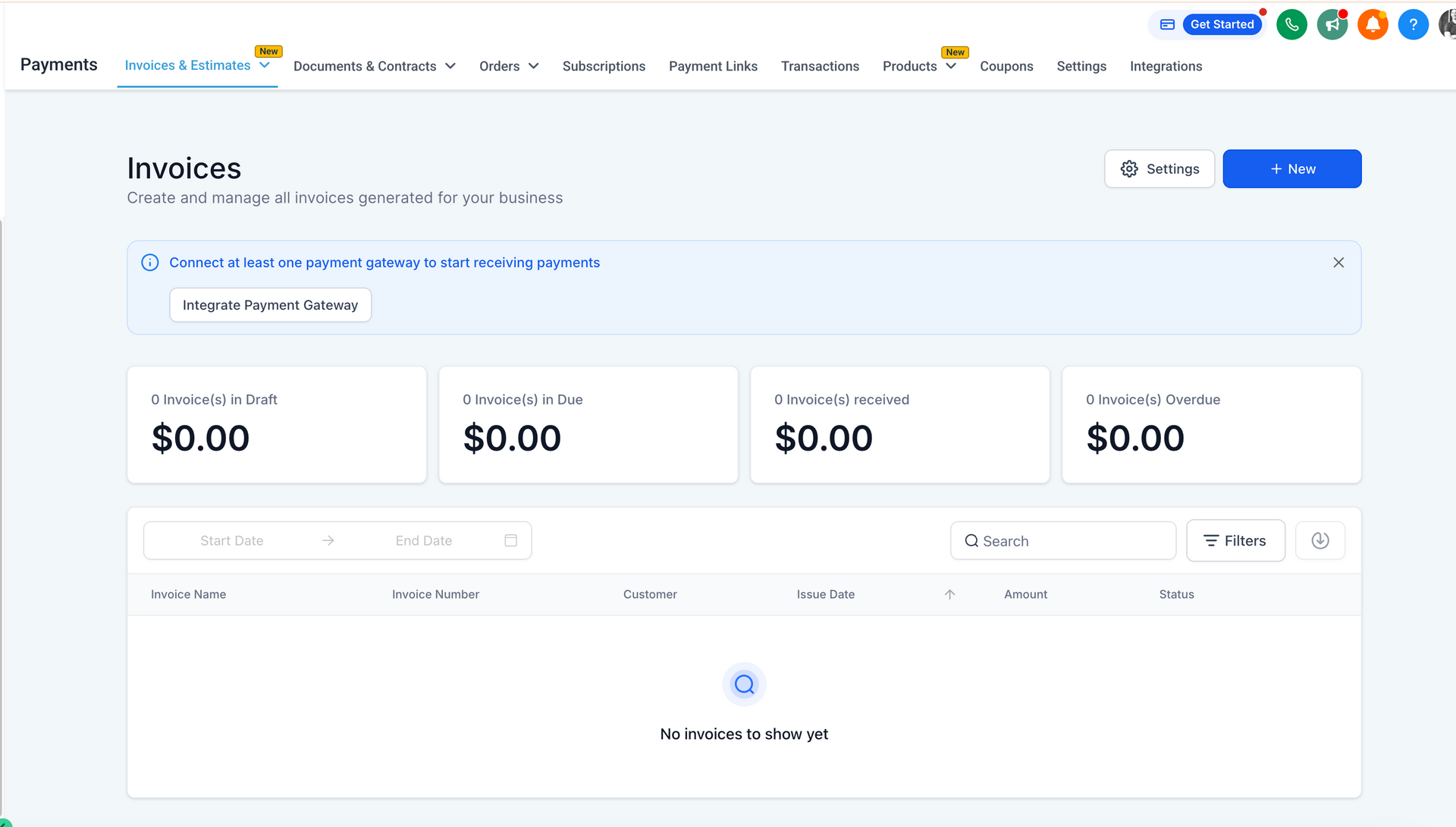7 Tips for Having a Successful Blog
You have probably noticed that everyone seems to be blogging these days, from school kids to grandmothers. It’s amazingly easy to create a blog. It’s a little trickier to create a successful blog – especially a successful business blog.
When you go to the effort of maintaining a business blog, you want to make sure it adds something to your marketing portfolio. Goals for your business blog might include:
- Generating visitors to your blog or business
- Improving your page rank through SEO (search engine optimization)
- Establishing your business as an authority, or establishing your product/service as a unique offering
- Driving sales or retention of your services
- Communicating with your target audience
- Developing a relationship with your visitors so they become readers
Once you know what you want your blog to do for you, you can better focus your efforts to increase your blog’s success. These general tips should help make any business blog successful:
1. Understand who you are blogging to.
Picture what type of person would read your blog and become engaged in your business, and what type of person would subscribe to your blog. Try to imagine a person who represents an ideal client for your business. Once you have that persona in mind, you can more easily choose engaging blog topics, select the tone and level of your writing, and build a readership that includes your target customers.
2. Post regularly.
You can post once a week or several times a week, but the important thing is to decide how frequently you will blog, and stick to that general schedule. Try to post on the same day(s) of the week/month, same time of day. Set your site visitors’ expectations so they know how often they should check your site for new content. Set your subscribers’ expectations for how often you will be visiting their email in-box.
3. Optimize your posts for search engines.
Ideally, the key words you are trying to optimize for should be in a few places – your title, within the first paragraph, and then within the content of the article. Make sure that these keywords don’t affect the readability of your post! And select keywords that are non-branded, meaning keywords other than your company name or product names. Non-branded keywords draw people to your site who are searching for general terms, and help optimize your site for organic search.
4. Include a CTA (call to action) in your posts. ( Request a call from us now if your site does not have CTAs)
You can include these in various places, but the important thing is to ask the reader to engage with you – subscribe to your blog, visit a page describing your products, request a call, sign up for a webinar, etc. Use each post as an opportunity to generate leads. The goal is to retain readers and engage them in your website and content, start qualifying prospects, moving them along the path to become customers.
5. Interact with your readers.
Check for comments on your posts, and if someone comments on a post, always try to respond quickly.
6. Use images.
The web is a visual medium, and images engage readers. Try to use images that represent the subject of the blog post, and include an ALT tag on images to boost your SEO.
7. Measure your success.
Check your website’s metrics to see which posts are most popular and which generate the most leads. You can use this information to see what type of posts your readers and ideal customers find relevant.
In order to define success, it pays to assess what you want your blog to do for your business. At World Source Tech, we help our clients use the web to achieve marketing goals with blogs, websites, and other web marketing strategies. Contact us today to make the web work for you.
Photo: P4BLoX





